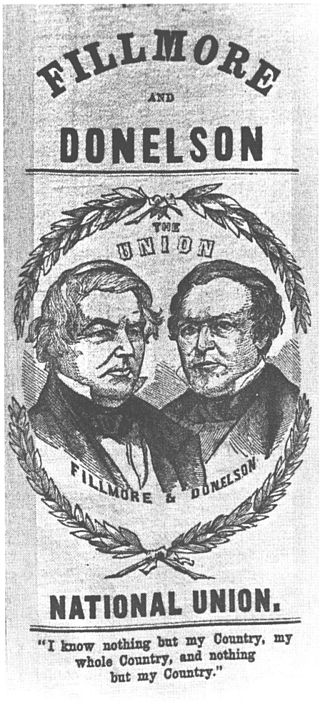The Know Nothing Party was a political party that rose to prominence in the 1850s. Its platform represented a strong stance on immigration, specifically targeting the anti-Catholic vote.

The Know Nothing Party Facts
- In 1849, the secret order of the Star-Spangled Banner formed in New York City, and soon, lodges were founded in every major city in the United States. This would become the backbone of the party.
- The Know Nothings were fearful of the influx of German and Irish immigrants.
- They got their name when Members were asked about their nativist organizations and replied that they knew nothing.
- As the party gained support, they changed their name to the American Party.
- The Know-Nothing Party tended to be the middle ground between the pro and anti-slavery parties. They were particularly effective at the local level.
- During the 1854 elections, the Know-Nothing party had elected 43 representatives. The passage of the Kansas-Nebraska Act helped increase their popularity.
- Their power quickly waned. The party was divided along sectional lines over the proslavery platform pushed through by Southern delegates.
- Former president Millard Fillmore ran as their candidate in the 1856 election and carried the state of Maryland.
- After the 1856 elections, the party was absorbed by the two main parties. Anti-slavery Know-Nothings joined the Republican Party, and Southern members joined the pro-slavery Democratic Party.
- The remaining Know-Nothings joined the old Whig Party and formed the Constitutional Union Party. They nominated John Bell of Tennessee for president.
- He finished fourth in a four-man contest. The election all but finished off the party. The Know Nothings were never taken seriously again.
